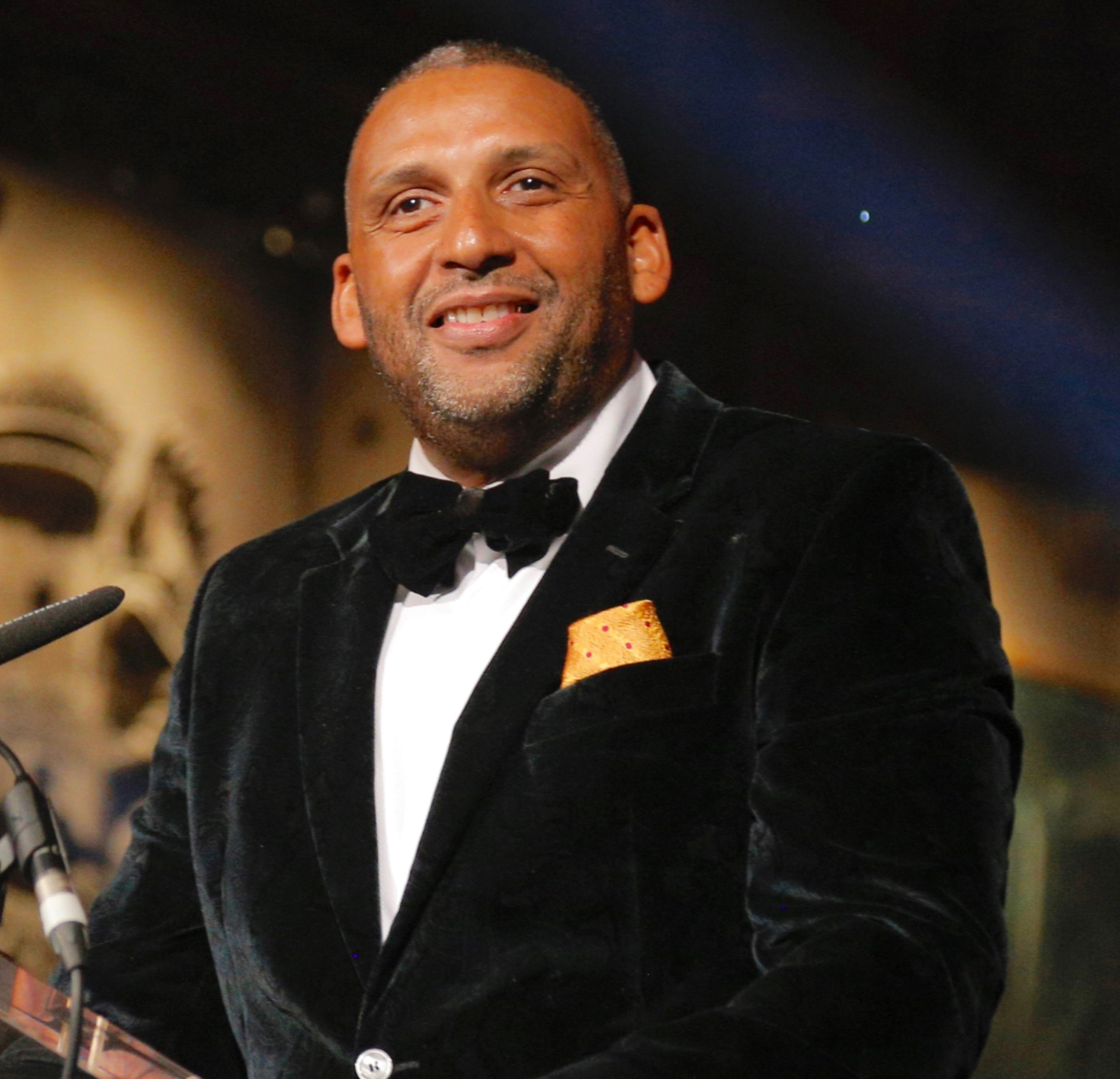Are you aware of the true purpose of diversity networks in the workplace? Are you confident you’re helping them succeed? And are you confident they are helping your workforce to succeed?
If you are unclear as to the answer to any of these questions, not only are you are missing out, you’re almost certainly not running an inclusive workplace. As an employer, by law you are required to establish and promote a diverse and inclusive workplace; one which has true equity where every single person has the opportunity to develop and succeed.
Why do we need networks?
Put simply, Diversity Networks exist to highlight and convey the challenges and needs of people within specific protected characteristic groups. They are in place to support workers within each group.
But that is too simple. They are also there to educate and present a prime opportunity for management to listen and learn before taking any appropriate action needed to ensure there is no discrimination against people within protected characteristic groups.
The learning process allowing management to develop more inclusive systems is just the first step. Following this, their knowledge and understanding gained will help to inform key decisions, policies and practices. By so doing, they will be central to the whole organisation, shaping its culture, structure and working experience.
Who’s in your network?
Specific networks – of which there can be a great many – will include employees who belong to them due to their personal circumstances. There may be occasions when the particular network needs a closed meeting, but for the greater time having open meetings is where the real benefits lie. A successful network will open the dialogue and discussion to all and invite people with different (or even no) protected characteristics to join – thus allowing intersectionality to thrive.
Inclusivity works both ways
As much as people who don’t have a protected characteristic should include those who do, colleagues who have one – or more – protected characteristics should include in their networks colleagues who don’t.
This is the prime difference between ‘networks’ and ‘clubs’.
A good workplace network will champion and give a voice to people with protected characteristics while including, educating and bringing onside people who don’t have these characteristics. This encourages diversity in the network, inclusivity and, ultimately, equity.
Open to all
Networks that are open to all dispel the myth that these are ‘clubs’ only for certain people. If this were so, then their whole reason for being would be eroded. How do you support someone and engage with others to ensure they are included if you only communicate with yourselves?
Getting started
As with any worthwhile workplace conversation, networks are about listening as much as talking, engaging an open mind to learn and progress.
Networks should include people from across the workforce from all departments. And they most certainly must work with management. Especially powerful are managers who themselves belong to one or more protected characteristic groups.
There have to be clear, on-going discussions in an open environment in which management seeks not only to learn but to actively participate in discussions. Only by adopting such an approach will the diverse body become included, recognised and given a voice for opinions which actually count.
Encourage intersectionality
It is also worth stating, as it is often overlooked, that many people will belong to more than one protected characteristic group. A female worker may be black. She may also be gay. She may also have a disability. That is four protected characteristics – and there are many more. The recent IT50 List saw LGBTQ+ and Ethnicity Networks as the most prevalent amongst the organisations which submitted data. Worryingly, Age and Disability were networks which appeared the fewest times on companies’ submissions. You may wish to consider this point.
Keep it informal and friendly
The IT50 List contained companies who held regular informative – yet informal – discussion sessions. There were conferences, workshops, seminars and social events. This is the way that people are able to understand what others are facing and why their particular circumstances need to be considered.
Strive to thrive
Our workplaces are a microcosm of our society. We have to listen, contribute and learn. Networks are the channel by which employers can do this. They highlight diversity but then seek to make it inclusive.
If your workplace networks are truly working, your organisation is well on the way to ensuring equity has a real chance to thrive at the heart of your business.









